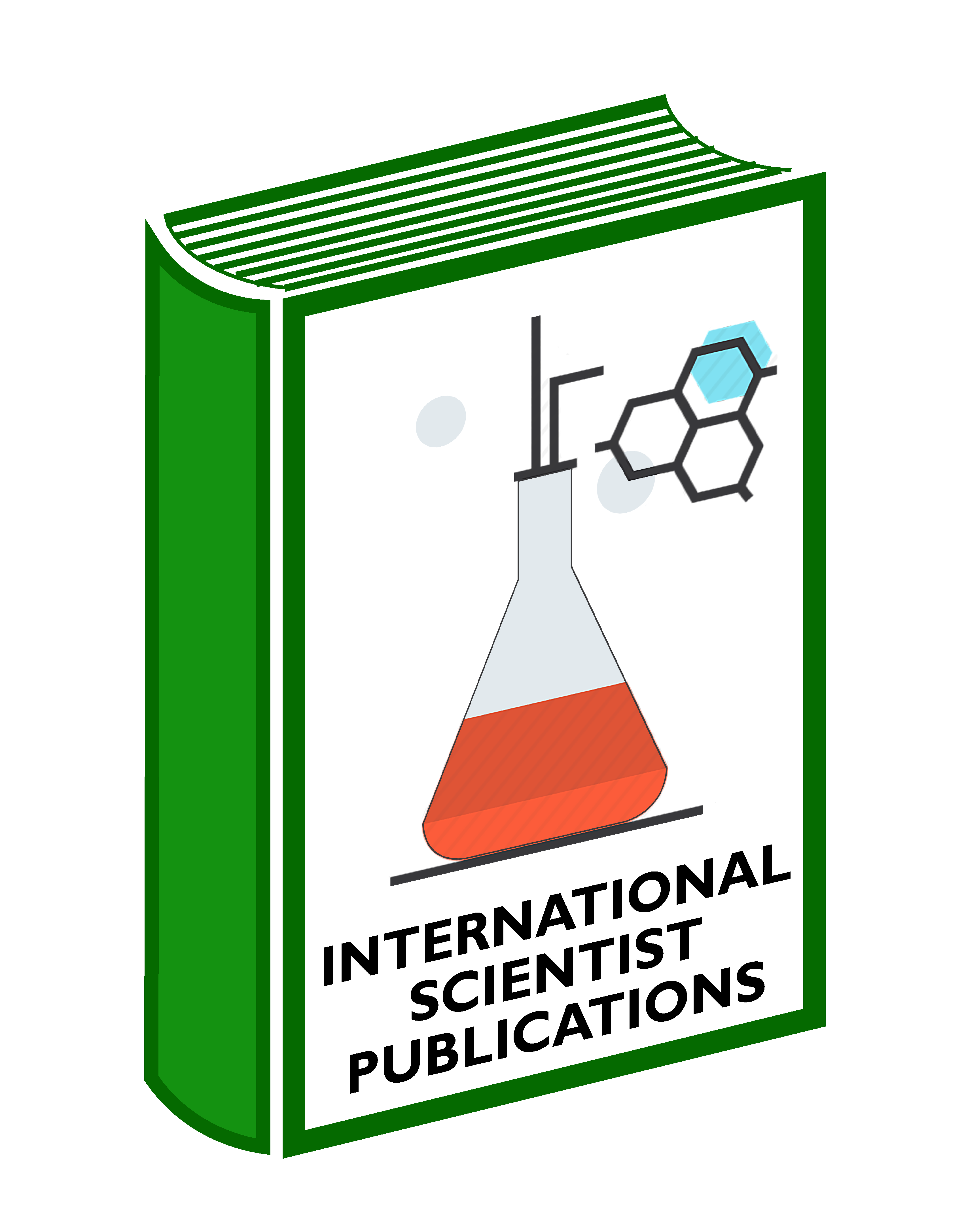Md Imam Hossain1*, Md Shamsur Rahman 1 , Md Jamal Uddin 2 and Md Omar Khaiyam1
*1Pathology Division, Bangladesh Sugarcrop Research Institute, Ishurdi-6620, Pabna, 2BSRI Sub-station Chuadanga-7200
*Corresponding author: imam4all@gmail.com
Article history: Received: 04.03.2021, Accepted: 28.04.2021, Published: Online: 30.04.2021
To cite this article: Hossain MI, Rahman MS, Uddin MJ and Khaiyam MO. 2021. Disease prevelence and its impact on yield performance of tropical sugarbeet (Beta vulgaris L.) genotypes under Bangladesh conditions. Intl. J. Agric. Med. Plants. 2(2): 1-7.
ABSTRACT
Tropical sugarbeet is the most promising alternative sugarcrop in the tropical and subtropical regions. The study’s aim was to identify the major diseases that affect tropical sugarbeet growth and yield in Bangladesh. Fifteen tropical sugarbeet genotypes were seeded in the experimental field of the pathology division of BSRI, Ishurdi, Pabna, on November 10th, 2016 in an RCBD design with three replications. All tropical sugarbeet genotypes demonstrated good field emergence, ranging from 82.91 to 93.33% at seven days after sowing (DAS). Sclerotium root rot, Rhizoctonia crown and root rot, Cercospora leaf spot, Alternaria leaf spot, and root knot were identified as major diseases and limiting factors for sugarbeet cultivation in Bangladesh. All tropical genotypes were infected by Sclerotium root rot, which varied from 5.83 to 35.83%, Rhizoctonia crown and root rot was 0-5%, Cercospora leaf spot was 10.83-23.75%, Alternaria leaf spot disease was 1.25 to 4.20%, and root knot was 0-0.83% disease incidence. Plant height ranged from 60.67 to 77.11 cm at 165 DAS. Similarly, root length differed from 18.60 to 24.00 cm, and root girth diameter varied from 78.38 to 96.77 mm. Individual beet weights differed between genotypes, ranging from 0.626 kg to 0.975 kg. The mean root yield across all the genotypes was 66.22 t/ha when harvested at 165 DAS. The genotypes SZ-35 (87.39 t/ha) and SV-889 (53.07 t/ha) produced the highest and lowest root yields at 165 DAS, respectively. The roots of genotypes SV-35 and SV-893 contained a relatively high amount of pol % beet, at 13.89% and 13.13%, respectively. All the genotypes had more than 11.3 % pol (%) beet and can be considered sugar-producing genotypes.
Keywords: Beta vulgaris, disease prevalence, sugarbeet, tropical, yield performance
REFERENCES
Aly EF. 2006. Effect of environmental conditions on productivity and quality of some sugarbeet varieties. Ph. D. Thesis. Faculty of Agriculture. Benha University. Egypt
Bruhns J, Baron O and Maier K. 2013. Sugar Economy Europe Verlag Dr. Albert Bartens KG: Berlin, Germany.
BSRI. 2005. Sugar beet cultivation in Bangladesh. Bangladesh Sugarcane Research Institute, Ishurdi. P. 10.
Draycott AP and Christenson DR. 2003.Nutrients for sugar beet production. Soil-plant relationships; CABI publishing: Oxford shire, UK.
FAO (Food and Agriculture Organization). UNICEF. 2019. The state of food security and nutrition in the world: Safe guarding against economic slowdowns and downturns; UNICEF, Paris, France. Available online: https://www.statista.com/statistics/sugarbeet-production (accessed January 28, 2020).
Ford-Lloyd BV. 2005. Sources of genetic variation, Genus Beta. In: Biancardi E, Campbell LG, Skaracis GN, De Biaggi M (eds.) Genetics and breeding of sugar beet. Science Publishers Inc, Enfield, NH. pp. 25–33.
Hoffmann CM. 2010. Root quality of sugar beet. Sugar Tech. 12: 276–287.
Hossain MI, Ahmad K, Siddiqui Y, Saad N, Rahman Z, Haruna AO and Bejo SK. 2020. Current and prospective strategies on detecting and managing Colletotrichum falcatum causing red rot of sugarcane. Agronomy. 10(9): 1253-1272.
Hossain MI, Ahmad K, Vadamalai G, Siddiqui Y, Saad, N, Ahmem OH and Kutawa AB. 2021. Phylogenetic analysis and genetic diversity of Colletotrichum falcatum isolates causing sugarcane red rot disease in Bangladesh. Biology. 10(9): 862.
Islam AKMR, Razzak MA, Alam, MJ, Sohel ATM, Roy HP, Rahman MS and Rahman MK. 2014. Performance of some exotic tropical sugarbeet genotypes under agro-climatic conditions of Bangladesh. Bangladesh Journal of sugarcane. 35(4): 01-09.
Islam MS, Ahmad S, Uddin MN and Sattar MA. 2012. Evaluation of tropical sugarbeet genotypes under Bangladesh condition. Bangladesh Journal of Agricultural Research. 37(4): 721-728.
Memon YM, Khan L and Panhwar RN. 2004. Adoptability performance of some exotic sugarbeet varieties under agro-climatic conditions of Thatta. Pakistan Sugar Journal.19(6): 42-46.
Pammel LH. 2017. Fungus Diseases of Sugar Beet Bulletin. 2(15): 4.
Rahman MK, Alam, MJ, Hossain MS, Islam AKMR and Kabir ML. 2007. Productivity of tropical sugarbeet varieties in respect of growth, yield and quality. Bangladesh Journal of sugarcane. 29(4): 120-123.
Rangaswami G. 1958. An agar block technique for isolating soil micro organisms with special reference to Pythiaceous fungi. Science and Culture. 24: 85.
Rashid MM. 1999. Sabji Biggan (in Bengali), Rashid Publishing House, 94, Old DOHS, Dhaka. P. 455.
Rashid MM. 2005. A Dictionary of Phytopathology, Padma printers and paper. Basuniapatty, Dinajpur. P. 12
Srivastava SN. 2004. Management of sugarbeet diseases. In: Fruit and Vegetable Diseases Springer, Dordrecht. pp. 307-355.
Varga I Lonˇcari´c Z Kristek S Kulundži´c AM and Rebeki´c A. 2021. Antunovic, M. Sugarbeet root yield and quality with leaf seasonal dynamics in relation to planting densities and nitrogen fertilization. Agriculture. 11: 407.

